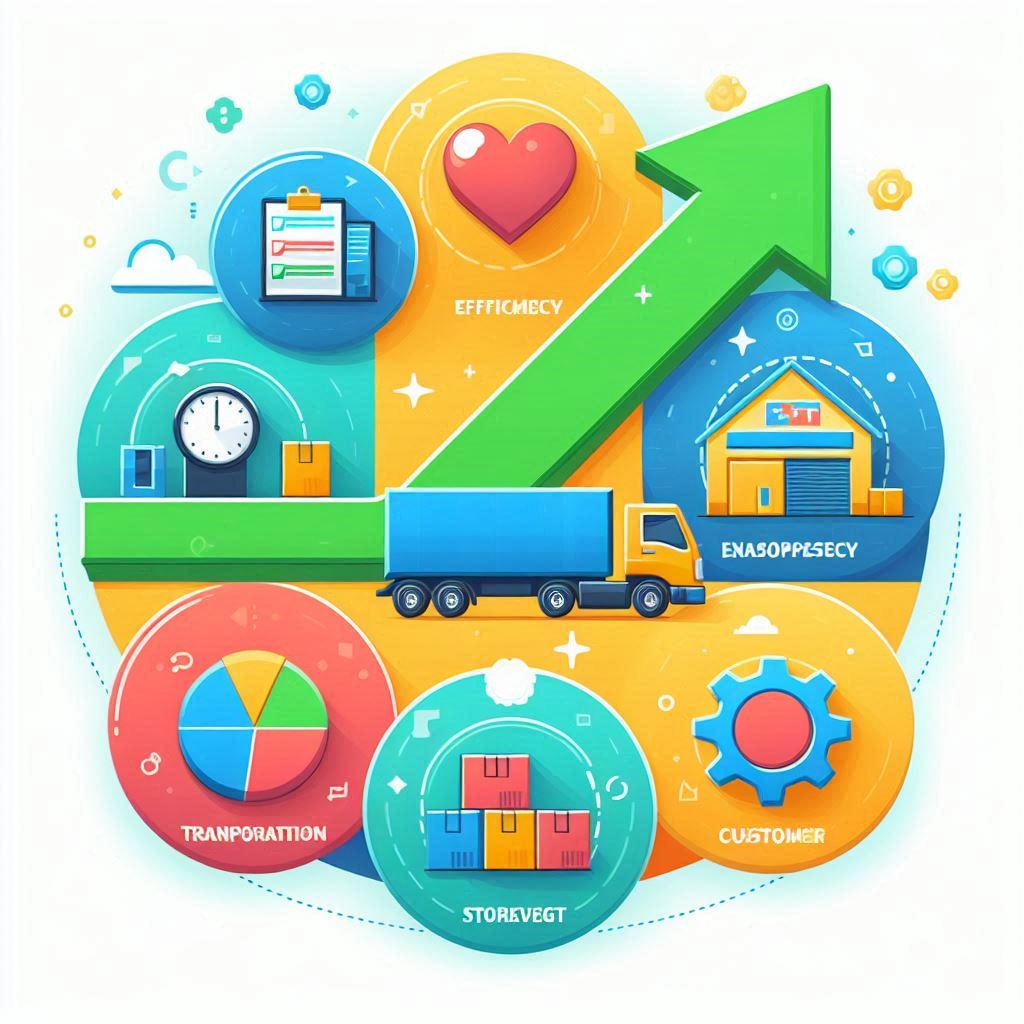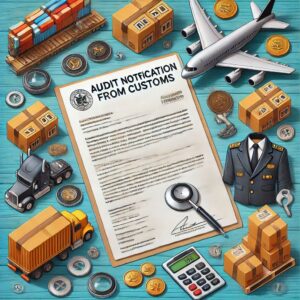Logistics goals are essential to the backbone of any successful supply chain, impacting everything from inventory management to customer satisfaction. In today’s fast-paced business environment, establishing clear logistics goals is vital for operational efficiency, cost management, and overall business success.
Logistics is managing the flow of goods, services, and information throughout the supply chain, from the point of origin to the final customer. It encompasses various activities, including transportation, warehousing, inventory management, order fulfillment, and distribution. Effective logistics ensures that products are delivered efficiently, on time, and at the right cost, playing a crucial role in enhancing customer satisfaction and driving business success. It integrates processes to optimize resources and streamline operations.
The Importance of Logistics Goals
Alignment with Business Objectives: Logistics goals ensure that the supply chain aligns with broader business strategies. By setting specific logistics targets, companies can streamline operations to meet customer demands while supporting overall organizational objectives.
Improved Efficiency: Clear logistics goals lead to more efficient processes. By identifying key performance indicators (KPIs), companies can pinpoint areas for improvement and implement strategies to enhance efficiency.
Subscribe to the Ex-works24/7 newsletter
Cost Reduction: Effective logistics management can significantly reduce operational costs. By establishing financial goals related to logistics, businesses can optimize their supply chains to minimize waste and reduce expenses.
Enhanced Customer Satisfaction: Customer expectations are at an all-time high. By setting logistics goals focused on service quality and delivery times, companies can improve customer satisfaction and retention.
Adaptability and Resilience: The logistics landscape is constantly changing due to factors like technological advancements and market fluctuations. Setting goals helps companies remain adaptable and resilient in the face of challenges.
Specific Logistics Goals to Consider
- Cost Management Goals
- Reduce Transportation Costs: Aim for a specific percentage reduction in transportation expenses by optimizing routes and utilizing better-negotiated freight contracts.
- Inventory Holding Costs: Set a target for lowering inventory holding costs through improved inventory turnover rates and better demand forecasting.
- Efficiency Goals
- Order Fulfillment Times: Establish a goal to reduce order processing times, ensuring faster delivery to customers.
- Warehouse Efficiency: Aim to improve picking and packing efficiency by a certain percentage through better layout designs and employee training.
- Sustainability Goals
- Carbon Footprint Reduction: Set a target for reducing greenhouse gas emissions associated with logistics operations, such as transitioning to electric vehicles or optimizing transport routes.
- Waste Reduction: Implement goals for reducing packaging waste and increasing the use of recyclable materials in logistics processes.
- Customer Service Goals
- On-Time Delivery Rates: Establish a specific on-time delivery rate goal, such as achieving 95% of shipments delivered on or before the promised date.
- Customer Feedback Scores: Aim to improve customer satisfaction scores through enhanced logistics service and support.
- Technology Integration Goals
- Automation Implementation: Set a timeline for integrating automation technologies in warehousing and distribution processes.
- Real-Time Tracking: Establish a goal for implementing real-time tracking systems for better visibility throughout the supply chain.
Strategies for Achieving Logistics Goals
- Conduct a Logistics Audit
Begin by assessing current logistics operations. Identify strengths, weaknesses, opportunities, and threats (SWOT analysis) to understand where improvements are needed.
- Set SMART Goals
Ensure that logistics goals are Specific, Measurable, Achievable, Relevant, and Time-bound. This framework helps in creating clear and actionable objectives.
- Leverage Technology
Utilize logistics software and automation tools to streamline operations. Invest in technologies like warehouse management systems (WMS) and transportation management systems (TMS) to enhance efficiency.
- Foster Collaboration
Encourage collaboration among different departments within the organization. Logistics does not operate in isolation; marketing, sales, and finance all play a role in shaping logistics strategies.
- Monitor and Adjust
Regularly track progress against logistics goals using KPIs. Be prepared to adjust strategies based on performance data and changing market conditions.
- Train Employees
Invest in training and development programs to ensure employees have the skills to meet logistics goals. A knowledgeable workforce is essential for achieving operational efficiency.
In conclusion, establishing and pursuing logistics goals is vital for any business looking to thrive in a competitive landscape. By aligning logistics strategies with overall business objectives, companies can enhance efficiency, reduce costs, and improve customer satisfaction. The key lies in setting specific, measurable goals and implementing strategies that adapt to the ever-evolving logistics environment. With a clear vision and commitment to excellence, businesses can navigate the complexities of logistics and achieve sustainable growth.
Frequently
Asked Questions
Logistics goals are essential because they align your supply chain operations with overall business objectives. They help improve efficiency, reduce costs, enhance customer satisfaction, and ensure that your logistics processes adapt to changing market conditions. Clear goals also provide measurable targets, making it easier to evaluate performance and identify areas for improvement.
Consider setting goals related to cost management (like reducing transportation expenses), efficiency (such as improving order fulfillment times), sustainability (like minimizing carbon footprint), customer service (such as achieving high on-time delivery rates), and technology integration (like implementing real-time tracking systems). Tailor these goals to fit your specific business needs and challenges.
To ensure your logistics goals are effective, follow the SMART criteria: make them Specific, Measurable, Achievable, Relevant, and Time-bound. Regularly review and adjust your goals based on performance data and feedback. Engaging your team in the goal-setting process can also foster ownership and commitment.
Effective strategies include conducting a logistics audit to identify areas for improvement, leveraging technology like logistics software and automation tools, fostering collaboration among departments, providing employee training, and continuously monitoring progress against your goals using key performance indicators (KPIs).
Review your logistics goals regularly—at least quarterly or biannually. Frequent assessments allow you to track progress, identify challenges, and adapt your strategies as needed. This flexibility is crucial in a dynamic business environment where market conditions and customer expectations can change rapidly.




